
Dynamic. John Graham.

10 February 2022
Using augmented reality in elearning
If you’re interested in using augmented reality in elearning, this post describes what it is and how you can use it.
We’re currently living in a time of great technological advancement. A time in which we now use all manner of technology to increase the interactivity and effectiveness of our elearning content. Yet Augmented Reality (AR), which has the potential to radically improve the way in which we deliver elearning content, is still a relatively untapped resource.
AR is an extremely powerful tool in the world of elearning. It allows a learner to quickly visualise a wide variety of concepts. And it creates an inclusive and immersive atmosphere to better engage and instruct those that use it.
In this blog, we’ll explore how augmented reality can be used in elearning. We also look at why it may be the best learning solution for your company.
What is augmented reality and how can it be used in elearning?
Augmented reality is an enhanced version of the real physical world. It’s created by using digital sound, visuals and other sensory stimuli delivered through technology. AR takes the real world, using your smartphone camera, and overlays these digital components on top of it, creating 2D or 3D effects.
A way of making elearning more immersive
Popular examples of AR include Nintendo’s Pokémon Go app, which places Pokémon into the world around you. Or the IKEA mobile app, which allows a user to place items of furniture into their own home before they actually purchase them. Both examples offer a more interactive and immersive experience. In turn, this allows users to become more engaged with what they’re doing. So you can start to visualise how this might really help in a learning environment.
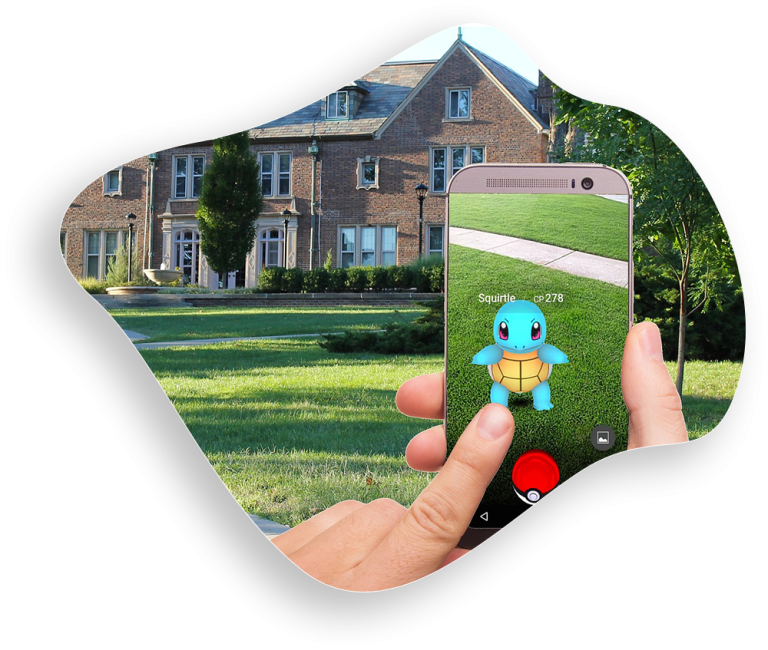
Is augmented reality the same as virtual reality?
Augmented reality is not the same as Virtual Reality (VR). The truth is that they actually differ in many ways. AR and VR are sometimes collectively known as XR.
The main difference is that whilst VR creates an entirely digital world for a user to explore, AR takes the real world and changes it in some way. So, let’s return to the previous example of Pokémon Go. But instead, imagine that the app was instead created using VR technology. This would allow you to enter and explore an immersive fantasy world where Pokémon actually exist. By creating the app using AR, the users can bring the fictional creatures into the real world.
But there’s another major difference, which is especially beneficial when using AR for elearning. Unlike VR, which requires a user to wear a headset and remain in one place, AR can be used quickly and freely no matter where the user is. This means you can deliver content to a user which is contextual to the point of need. Not to mention that a VR headset is an expensive piece of kit. Whereas, on the other hand, AR is accessible on most modern smartphones.
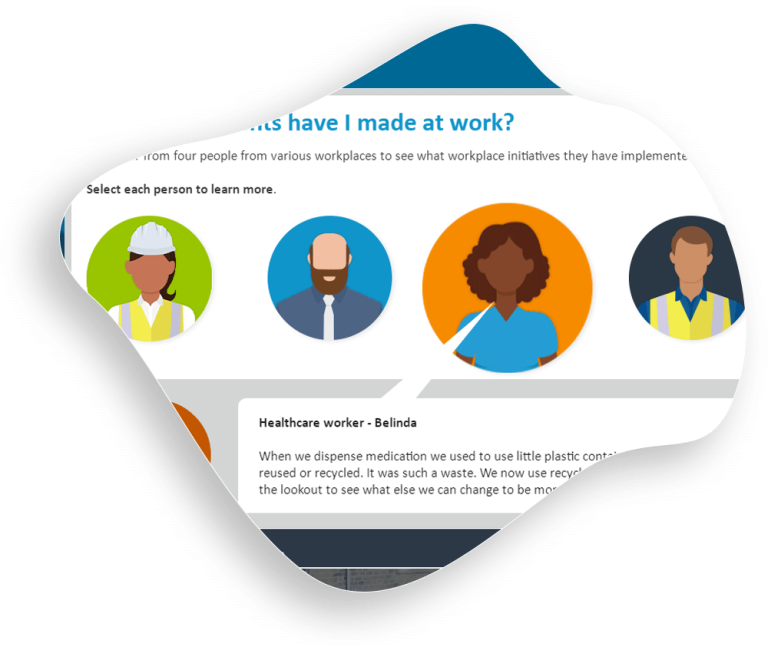
How can augmented reality be used in elearning?
We’ve explored the benefits of AR in general terms, but how can augmented reality be used in elearning? Let’s take a closer look.
AR can be used to detect specific images in the real world. So when creating AR elearning, we make a library of cards or stickers that correspond to what it is we want to show the learner. That way, when the app is running, if it scans anything that it recognises from the library, it loads the corresponding content. This means that we can deliver content to a user at the point that they need that specific content.
While the options for displaying content are creatively boundless, here’s a sample of some of the things we can include:
01
Menus
By scanning a card, you can cause a contextual menu to appear for that specific card. This can include all manner of content for the learner, such as hyperlinks and documents. This can be a useful tool for providing a user with optional information. For example, this could be a great way to present a number of possible uses for a tool or piece of equipment, allowing the learner to select the one they want to learn more about.
The AR app itself can also act as a reference tool, as we can add links to policy documents or further elearning relating to what they’ve scanned.
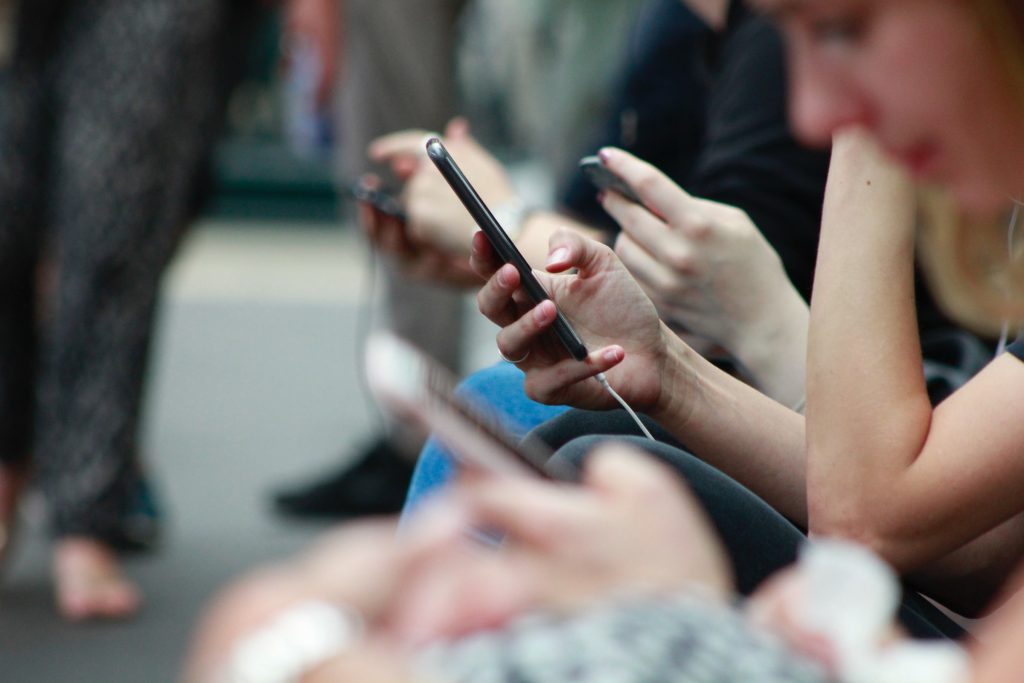

02
Tracking images and videos
When scanning a card, we can have an image appear on a flat plane. This moves in tandem with the card and looks like it’s part of the real world. It even extends to displaying video with sound.
This has many different potential uses in elearning. For instance, it could help retail workers visualise what a new display is meant to look like. Or it could be used to play instructional videos at the point of use.
03
3D illustrations
We can make immersive, real-time animated 3D appear when a card is scanned. These illustrations can also be interactive, and can react to the user’s touch on their phone screens. Consequently, this means we can build immersive learning experiences for users to engage with. It’s a great way of making elearning more interactive and participatory.
Additionally, it can be a more visually informative way of providing instructions on how to operate machinery or equipment than showing a static image. That’s because the user is able to take a closer look at how things work. This can also allow a learner to experiment with this equipment in a safe and controlled environment before using the real thing.
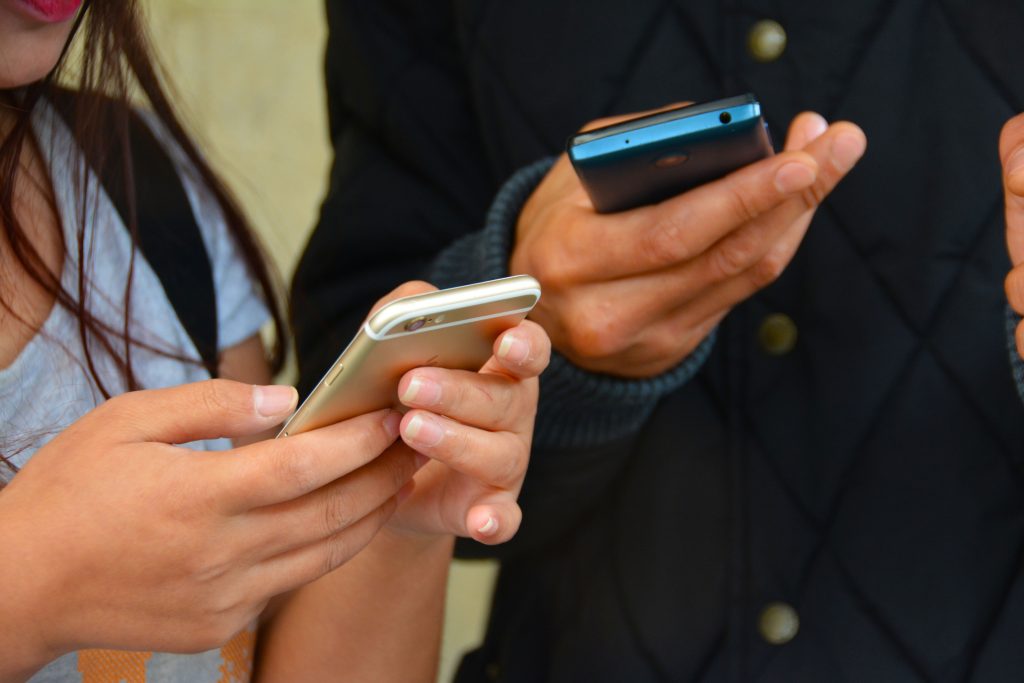

Scan and Learn Augmented Reality Solution
A great example of using AR in elearning is the solution we developed for a large healthcare provider and how it changed the way they delivered emergency equipment training.
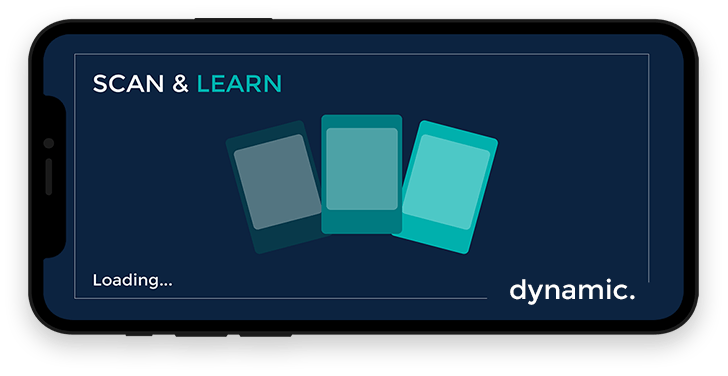
One issue they had was that, over time, people would forget how to use emergency equipment despite having previously completed training. As a result, they wanted a way of presenting learning about how to use the equipment, or what to do in specific situations, at the point of need.
To meet these specific needs, we developed an app called Scan and Learn using Unity, alongside a series of AR cards printed as stickers. These stickers were then stuck to the emergency equipment, so that when someone wanted to use that piece of equipment, they simply opened the app and scanned the sticker. The app then brought up elearning, videos and infographics instructing the user how to safely use the equipment. In addition, it covered any important safety information or best practice.
This is just one innovative way of using AR elearning, yet even this solution has so many different applications. It could be used for safety equipment, gym machines, electronics or any of the many more situations where quick instruction could be valuable.
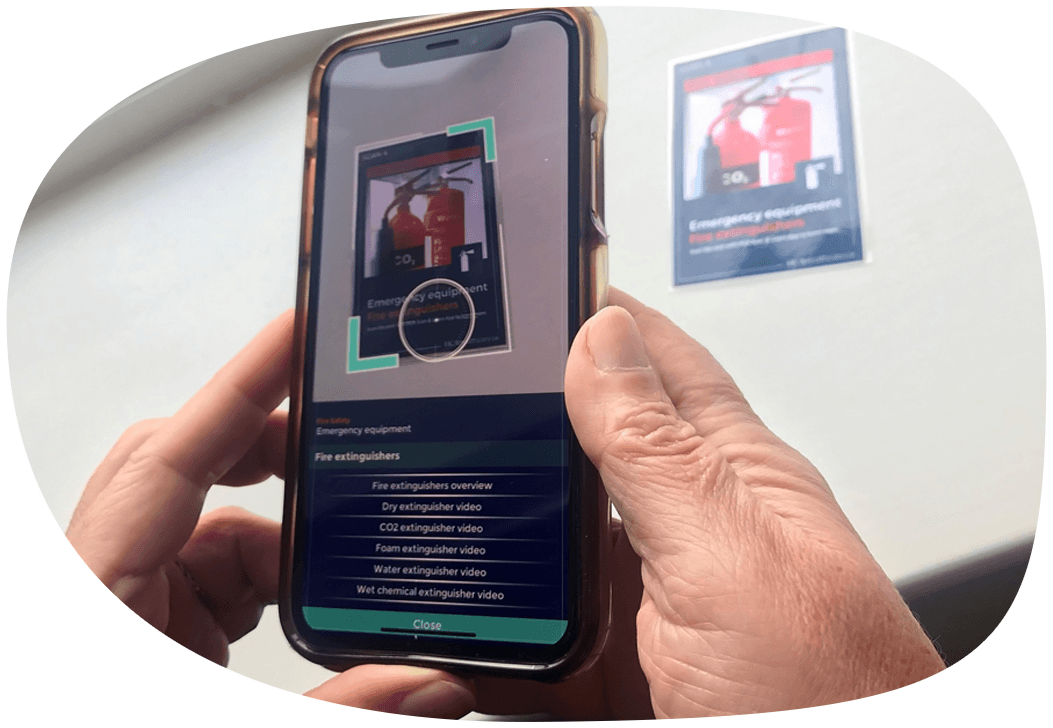

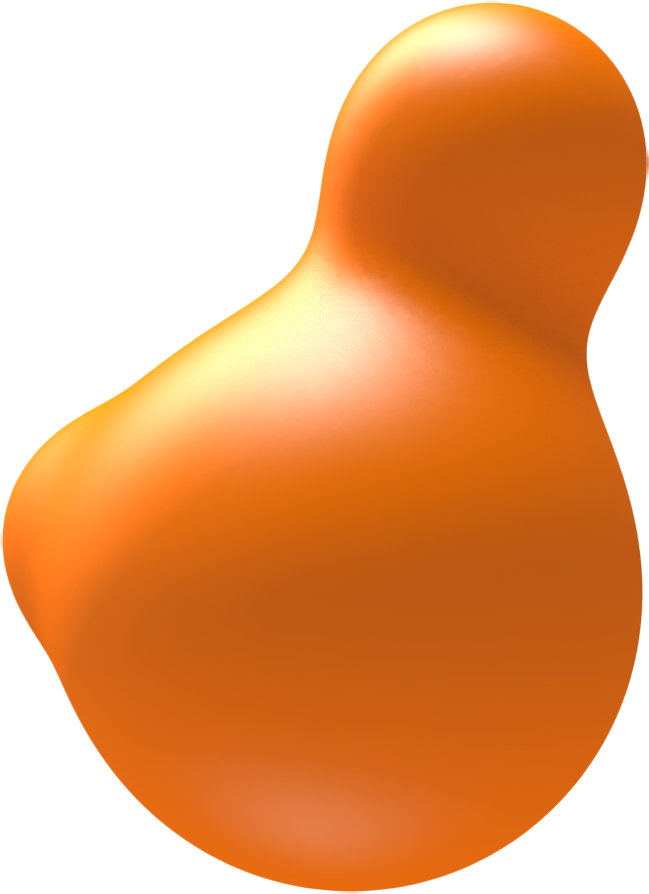
Could I use augmented reality in my elearning?
So now the real question is, how could you use augmented reality as a solution to your elearning requirements?
Do you think having AR built reminders on emergency use equipment is something you could benefit from?
How could AR improve your current elearning solution?
The possibilities of what we can achieve using AR are constantly being expanded in my elearning and new elearning applications built using current AR technology are more exciting than ever.

Get in touch.
If you think that AR could work for you, want any more information or would like to arrange a demonstration, it would be great to hear from you.